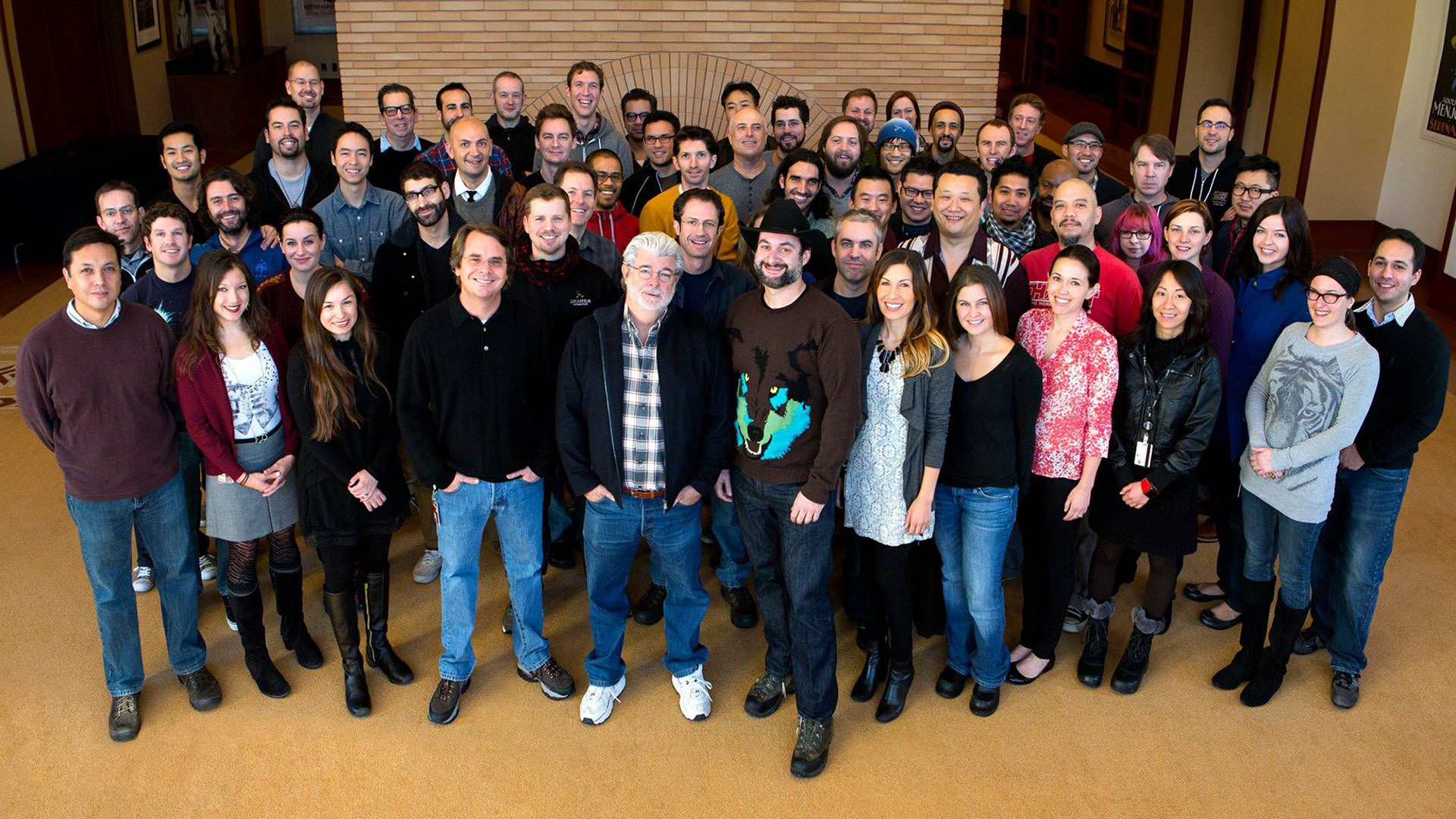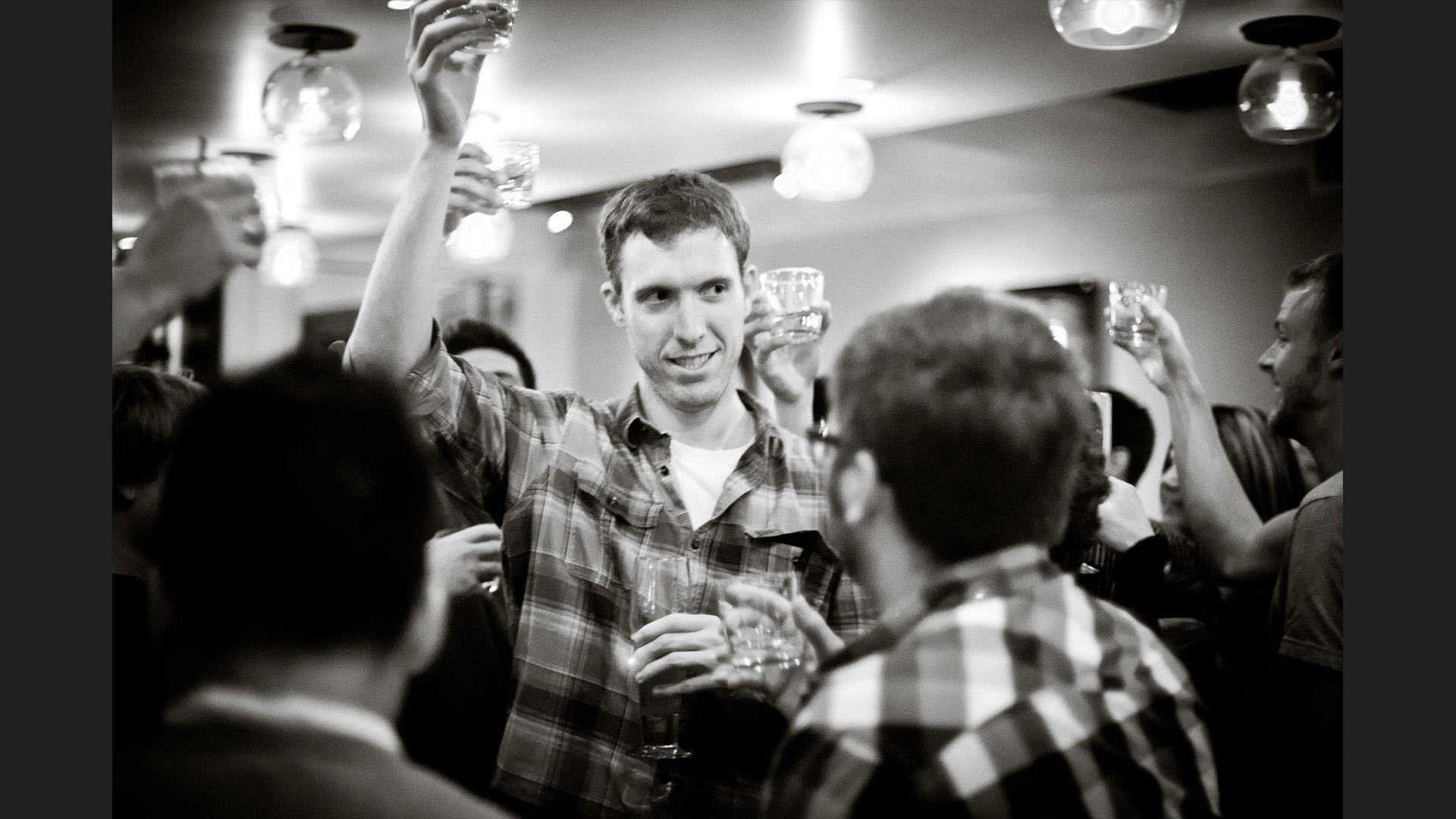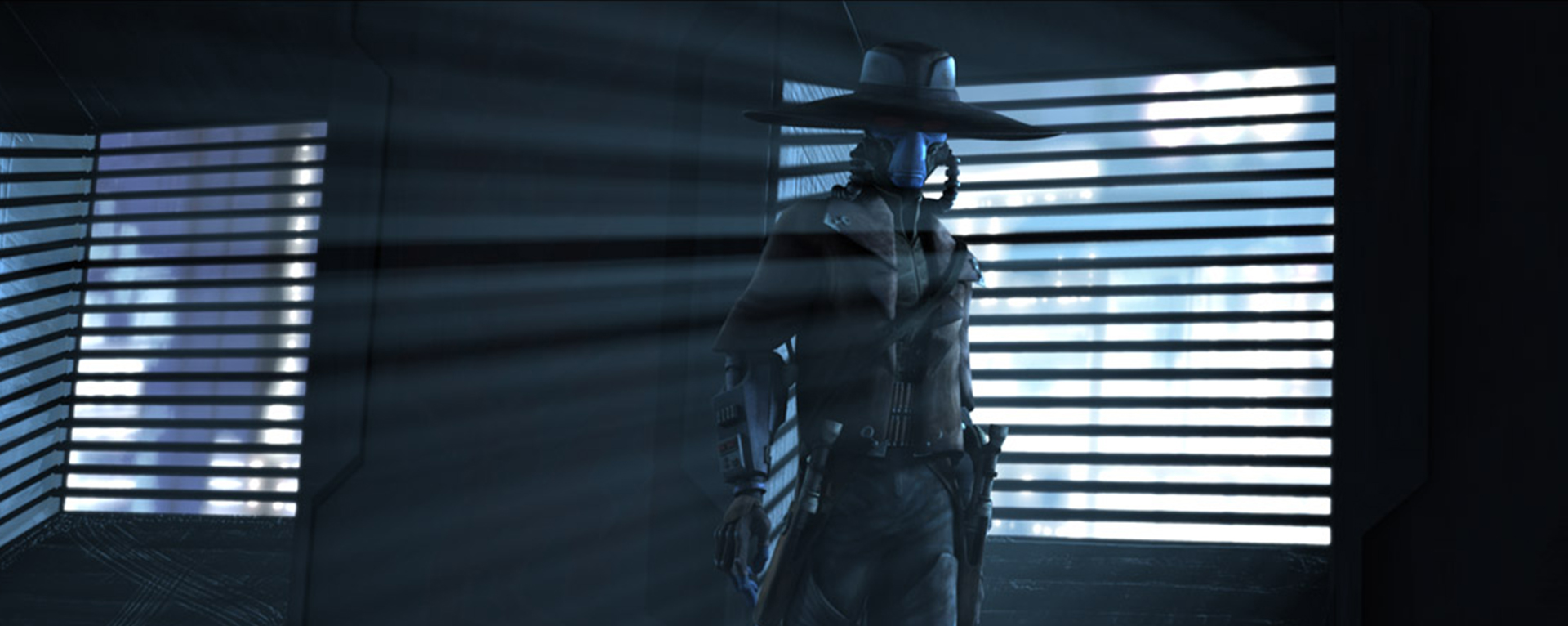Employee Spotlight: Alex Spotswood
The Producer of Star Wars: The Bad Batch Shares Insights Into Lucasfilm Animation
Can you tell us your role and summarize your day-to-day responsibilities?
I was just recently promoted to producer, and I serve in that role for our new animated series Star Wars: The Bad Batch. My responsibilities are ostensibly to work with our VP Athena Portillo and schedule out the entire show from start to finish. I work with our team here at Lucasfilm Animation and our overseas team in Taiwan to make sure that all departments are working together in terms of finishing on their deadlines and handing off their work to the next piece of the puzzle. I figure out if there are any hiccups or bottlenecks, and find ways to keep things moving.
From an animation perspective, we are always producing another episode, and another season, and another show. To do that requires a consistent drumbeat. You can’t burn people out, or burn the midnight oil to make the show, because there is always something in progress. There’s a “marathon over sprint” kind of mentality behind it. We make sure that the artists and everyone takes a vacation from time to time and gets some rest and relaxation. It’s important that people aren’t working until 11 o’clock at night all the time. One of our benefits at Lucasfilm Animation is that we all have stable jobs. We’ve been lucky enough to be consistently producing shows for quite some time. And we’re very, very proud of that.
Another important part of what Lucasfilm Animation does is that we’re not just producing shots, we’re producing stories. We write our stories, we design the assets, build the assets, and storyboard the episodes.
And do you have a favorite part of that production workflow?
This is probably jumping ahead a little, but I started on Star Wars: The Clone Wars in 2009 as a production assistant in the asset apartment. I was there for about two and a half years and then I went to the story department. We don’t do traditionally storyboards; instead we do previsualization on a software called Zviz – which involves rough 3D animation to block out scenes.
And before you continue, can you explain a little more about what this process involves?
So Zviz was developed by George Lucas and Industrial Light & Magic (ILM) many years ago, and we used it on The Clone Wars. It’s a tool for previsualization, or Previz, which is an alternative to normal 2D storyboarding. Instead we create low-resolution versions of all of our assets and our artists set everything up like a stage play in the computer. Once the director is happy with the staging, then they drop in specific camera angles and we “shoot it.” Zviz allows you to build all of that out, and even start to edit those pieces together so you can send to the editorial department for them to refine. It also allows us to work incredibly fast. When someone makes an adjustment, we can quickly take the files and move them around, without having to redraw whole storyboards.
And this has been a favorite part for you?
I’ve always gravitated to that Zviz storytelling part because that’s when Lucasfilm Animation does what makes us distinct. We have a script, and in The Clone Wars days, it was one that supervising director Dave Filoni and George Lucas worked on together. We’d make that into a story reel, and it usually changed the most in that phase. We’d throw out script pages and whole story elements and add characters and sequences, all in this editorial phase. We’d work it out over and over again until we were happy with it. Lucasfilm Animation is a small enough crew that production assistants would throw in lines of dialogue. I remember that lines of mine would make it onto The Clone Wars. I love sitting in editorial and working through that stuff. George and Dave were always editorial-focused, and we found ways to improve on the script before we went into final animation.
Can you tell us a little more about your background and how you joined the company in 2009?
I grew up here in the San Francisco Bay Area, in a town in Marin County called Mill Valley. I didn’t have a specific interest in animation. I actually wanted to get into sports journalism, so I followed an editorial track for a little while. I cut highlight reels, I did internships for local high school sports coverage, and then I worked at a company that did customer service training videos for hotels. I was laid off from that job in 2008, and a friend of a friend was working at Lucasfilm Animation up at Big Rock Ranch. I was encouraged to apply for a production assistant position, so I gave it a shot. It took a while, but I eventually got the job!
One story that I do like to share is that my mother used to have a greeting card company that was near Industrial Light & Magic’s former location on Kerner Boulevard in San Rafael. As a kid, I would go to my mom’s office and help out during the summer, and ILM would be nearby blowing things up for visual effects. One time I went and peeked over the fence and watched them working on the battleships for Pearl Harbor (2001). Eventually, someone came over and told me I had to leave!
And what were some of your first impressions of Lucasfilm Animation?
It was very humbling, especially since I didn’t have experience with animation. When I arrived, it was probably about halfway through season two of The Clone Wars. I told the crew that they’d have to teach me everything, and one of the episodic directors, Brian Kalin O’Connell, sat me down and told me, “We don’t want you to fail here. We’re not looking for a reason to catch you making a mistake, tell you you’re wrong, and get rid of you. We want you to succeed!”
This has been so important for me in how I work today as a producer. Constantly talking to our team and saying, “Not like that, try it like this.” That iteration of constant feedback is very helpful. During my early time at Lucasfilm, I was very nervous about mistakes that I was making, but the company allowed me to learn from them and improve. That’s Lucasfilm culture. Everyone was just trying to make a cool show. There were no egos. We were all in it together, and that continues to this day. We’re not about finding the next person; we’re about investing our time and resources into you and helping you succeed.
Following that, are there any important skills or attributes that important for a producer that people might not usually think about?
It’s been different during the pandemic. You miss the humanity sometimes because we’re all in separate places. There can be more frustration. So, we’re trying to push people together, and remind everyone that we’re all doing the same thing. Another part of it is that my job does not involve creating anything. Frankly, I take notes, create schedules, and make sure deadlines are kept. I work with the whole group, and I miss getting up and walking to someone’s desk and talking with the animation team or the lighting team about a particular question. My job is not always to solve the problem, but rather to create the environment to solve the problem. I am so proud of our team as we’ve been very successful in the past year in finding a way to work from home.
In certain respects, that must speak to the strength of the animation pipeline or workflow?
It does! We ostensibly make The Bad Batch in a very similar way to how we made The Clone Wars. There are many idiosyncrasies that have come over the years to make things better, but our supervisors here are a lot of the same people that have worked on the various projects year after year. That consistency and continuity allows for a shorthand.
We’re also working with our overseas vendor, CGCG in Taiwan. They’ve worked on every series that we have produced. They are our partners. When we go to bed, they pick up the candle and rock and roll with it. It is a 24-hour production. Before the pandemic, we used to go out there once or twice a year before a new season or a new show. We’d kick it off and talk to all of the different departments. The more we collaborate with them, the better the shows turns out.
Shifting gears, do you have any favorite characters from Lucasfilm productions?
It’s got to be all animation! Back when I was doing research for my first interview, I found a clip of bounty hunter Cad Bane in The Clone Wars. It was a film noir-inspired scene with these window slats where the light crosses over him, and he had this amazing voice. I thought it was so cool. Cad Bane seemed uniquely crafted the art style that had been devised for The Clone Wars. I also love Hondo Ohnaka. He’s similar to Han Solo or Lando Calrissian where he acts like he’s in it for himself but he really has a heart of gold.
Another favorite is Agent Kallus from Star Wars Rebels. I was the temp voice for Kallus on the show, and I did it for so long that Dave Filoni made his first name Alexsandr! But I always thought that he had a cool character arc. The Empire does not love anybody, and it’s an unforgiving world. There was this great episode we did that was just Zeb and Kallus in a cave. It was so easy to produce! [Laughs]. Because the assets were so simple, everyone could focus even more on the story.
What do you look for in someone looking to join the production team?
Passion will take you far. It will push you more. Back when I first started and I worried about mistakes I was making, I realized that I just needed to go back tomorrow and keep working on the next task. Passion allows you to do that. If you are not excited about your work, you are always going to think the other side of the grass is greener.


Lucas O. Seastrom is a writer and historian at Lucasfilm.

